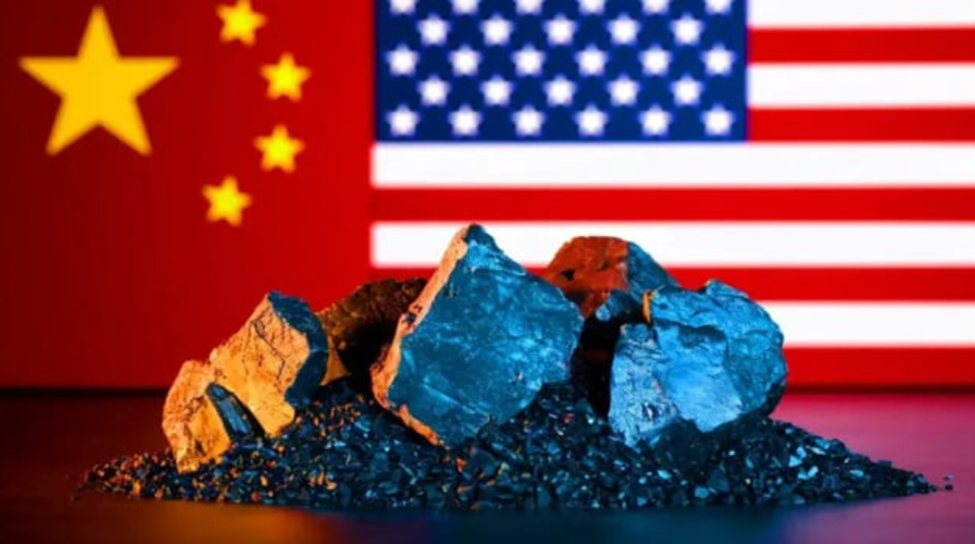Softer FDI Rules for Chinese Investment in India in Key Manufacturing Sectors
- InduQin
- 1 day ago
- 2 min read

India is considering easing Press Note 3 rules to allow up to 49% foreign investment from China in select manufacturing sectors without heavy scrutiny. Proposed changes cover electronics and capital goods and refine the definition of beneficial ownership. The move follows diplomatic progress with China and could boost supply‑chain integration while awaiting final Cabinet approval.
India may be on the verge of easing restrictions on Chinese investment in parts of its manufacturing ecosystem, signalling a potential policy shift after nearly five years of tight controls.
According to information shared by officials familiar with the discussions, the government has prepared a draft Cabinet note proposing significant adjustments to Press Note 3 (2020) — the framework that currently governs foreign investment from countries sharing a land border with India. Relevant ministries have been invited to provide feedback before the proposal moves forward.
Sources indicate that the draft outlines three major changes. The first would allow Indian companies to receive foreign investment of up to 49 percent without undergoing the extensive security checks currently required. This would be a substantial departure from the rigorous approval process introduced in 2020.
The second proposal limits this relaxed regime to specific sectors, notably electronics, capital goods, and related manufacturing areas. If approved, investments under the 49‑percent threshold in these sectors would no longer require detailed scrutiny, even if the funds originate from China or other neighboring countries. This effectively reopens a pathway for Chinese firms seeking to participate in India’s electronics and consumer durables supply chain.
The third change concerns the interpretation of “beneficial ownership.” The draft reportedly recommends syncing this definition with the standards set by the Prevention of Money Laundering Act (PMLA), which would bring greater clarity to how indirect foreign influence is assessed.
Officials stress that these ideas remain at the consultation stage. Once ministerial comments are consolidated, the final proposal will be submitted to the Cabinet for approval.
Press Note 3 was introduced on April 17, 2020, at the height of the COVID‑19 pandemic, when India sought to guard domestic firms against “opportunistic takeovers.” The rule required any investment from neighboring countries to secure government clearance, including cases where investors held only indirect or beneficial stakes. Since then, Chinese proposals have faced intense scrutiny, with more than half reportedly rejected.
However, diplomatic developments in recent months appear to have altered the atmosphere. A meeting between Prime Minister Narendra Modi and Chinese President Xi Jinping during the BRICS Summit in Russia last year, followed by an agreement on patrolling norms in eastern Ladakh, signaled incremental progress in managing the prolonged border standoff.
These shifts have revived hope within industry circles. Many manufacturers argue that selective relaxation of PN3, especially for sectors heavily dependent on cross‑border supply chains, could help India strengthen its domestic production capabilities without compromising strategic concerns.







Comments